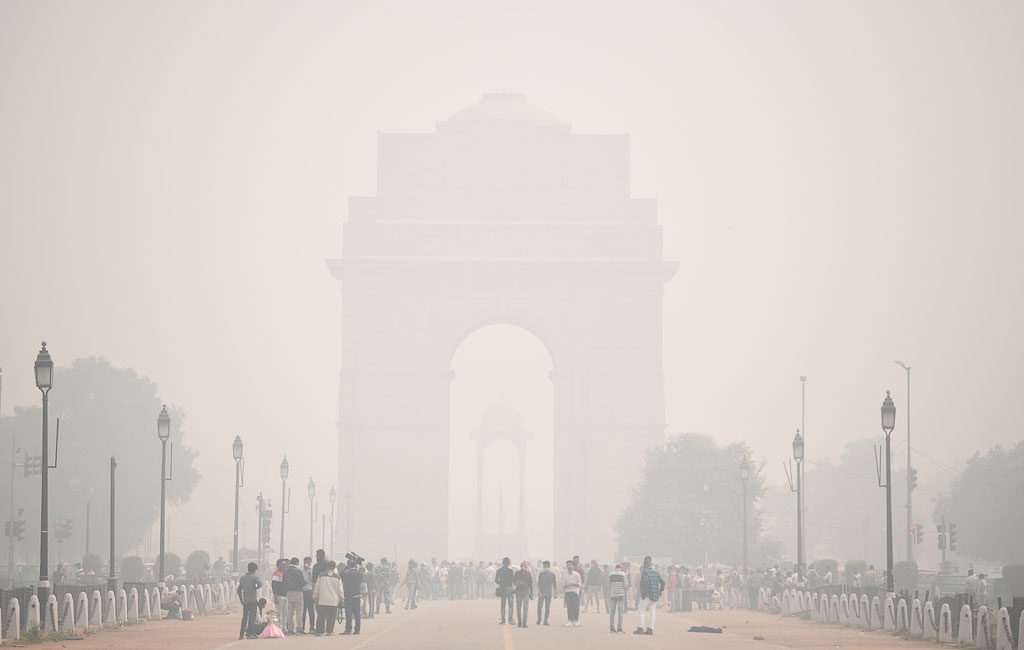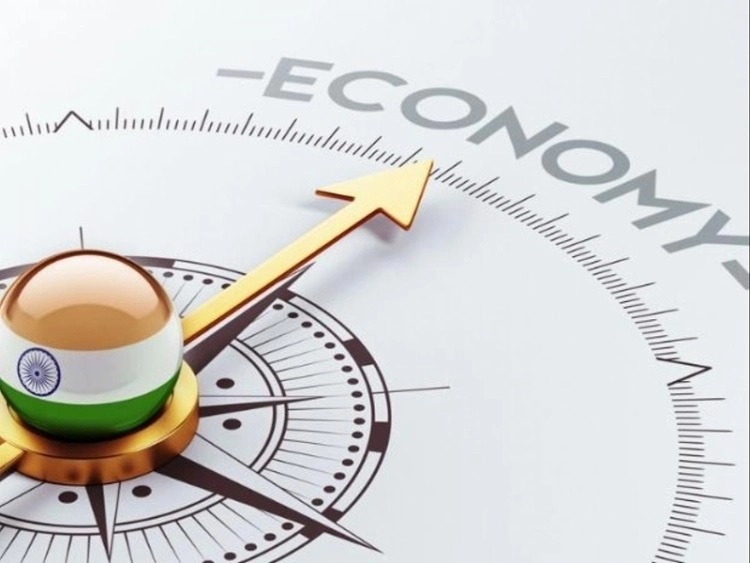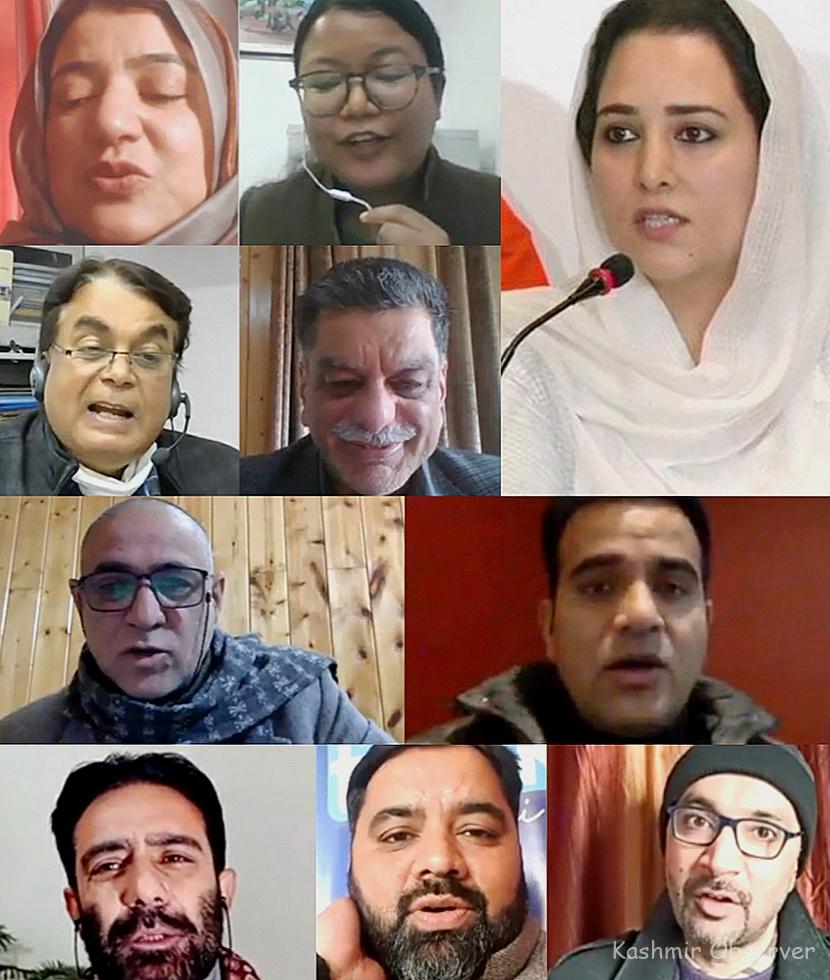
New Delhi- India, whose cities top global pollution lists, faces a growing economic as well as human toll from bad air quality
Toxic air killed more people in India in 2019 than in 2017, The Lancet said in a report shared by the government on Tuesday, with 1.67 million deaths accounting for 18% of all fatalities.
India, whose cities top global pollution lists, faces a growing economic as well as human toll from bad air quality, which was linked to 1.24 million, or 12.5% of total deaths in the previous such study for 2017.
The analysis found pollution led to chronic obstructive pulmonary disease, respiratory infections, lung cancer, heart disease, stroke, diabetes, neonatal disorders and cataracts.
Land-locked New Delhi, the world’s most polluted capital whose winter skies are often obscured by its filthy air, recorded the highest per-capita economic hit, the journal said.
The fatalities in 2019 led to a total loss of $36.8 billion, or 1.36% of India’s gross domestic product (GDP), with the poor and populous states of Uttar Pradesh and Bihar experiencing the highest economic loss as a percentage of their GDP.
Although the death rate due to household air pollution fell 64.2% from 1990 to 2019, that due to ambient particulate matter pollution more than doubled, The Lancet said.
“The improvements in air quality across India during the Covid-19 lockdown period, and its upsurge again with the easing of restrictions, provide interesting pointers to the extent of air pollution reduction that is possible with reduced human activity,” it added.
The government said in a statement that India would need to invest more in state-specific pollution control programmes if it were to meet its goal of becoming a $5 trillion economy by 2024, from around $2.9 trillion now.
India’s three main cities, New Delhi, Kolkata and Mumbai, were on the list of the world’s 20 worst polluted cities, Swiss air quality technology company IQAir reported on Tuesday.
Follow this link to join our WhatsApp group: Join Now
Be Part of Quality Journalism |
Quality journalism takes a lot of time, money and hard work to produce and despite all the hardships we still do it. Our reporters and editors are working overtime in Kashmir and beyond to cover what you care about, break big stories, and expose injustices that can change lives. Today more people are reading Kashmir Observer than ever, but only a handful are paying while advertising revenues are falling fast. |
| ACT NOW |
| MONTHLY | Rs 100 | |
| YEARLY | Rs 1000 | |
| LIFETIME | Rs 10000 | |









